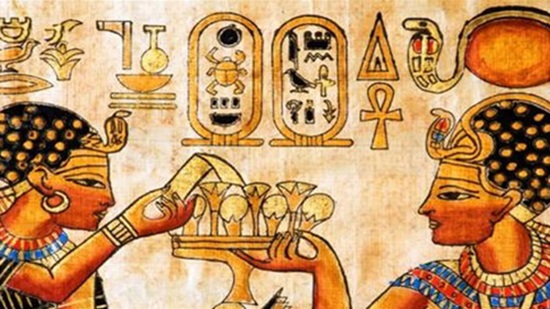Sham al-Nasim is a pharaonic feast that has been celebrated for 4700 years. It is named after the Pharaonic word Shumu, which is a hieroglyphic word means to bring life back.
Celebrating Sham El-Nessim has certain rituals, and ancient traditions that span thousands of years. Old Egyptians used to start a folk festival in the morning and to go out during the day and enjoy open areas and gardens carrying special food for the day, especially the colored eggs and special kinds of fish.
The first celebration of Sham El-Nessim was nearly five thousand years, that is about 2700 B.C., under the rule of the Third Pharaonic dynasty, and it was embraced by the Egyptian people and celebrated each year till today.
According to the discovered murals and papyri, the ancient Egyptian man used to give his wife a lotus flower and then go out with his family to visit open areas and finally participates in the great Spring Festival in front of the northern front of the pyramid before sunset.
The sun rays penetrate the top of the pyramid, so the front of the pyramid appears as if split into two parts. This popular feast was being celebrated by all classes of the people until the Pharaoh himself and the senior statesmen.
Shammoush feast of the Pharaohs represents the resurrection of life. The feast is associated with astronomical phenomena and the spring solstice, which is the day in which the day and night are equal.
The British astronomer and mathematician "Bractor" recorded this phenomenon, and was able to photograph the moment of the split of the pyramid s façade in the year 1920, and it was also recorded by the French scientist Andre Bouchon in 1934 using infrared radiation. Many happy return to the Egyptians on this very spacial occasion.



